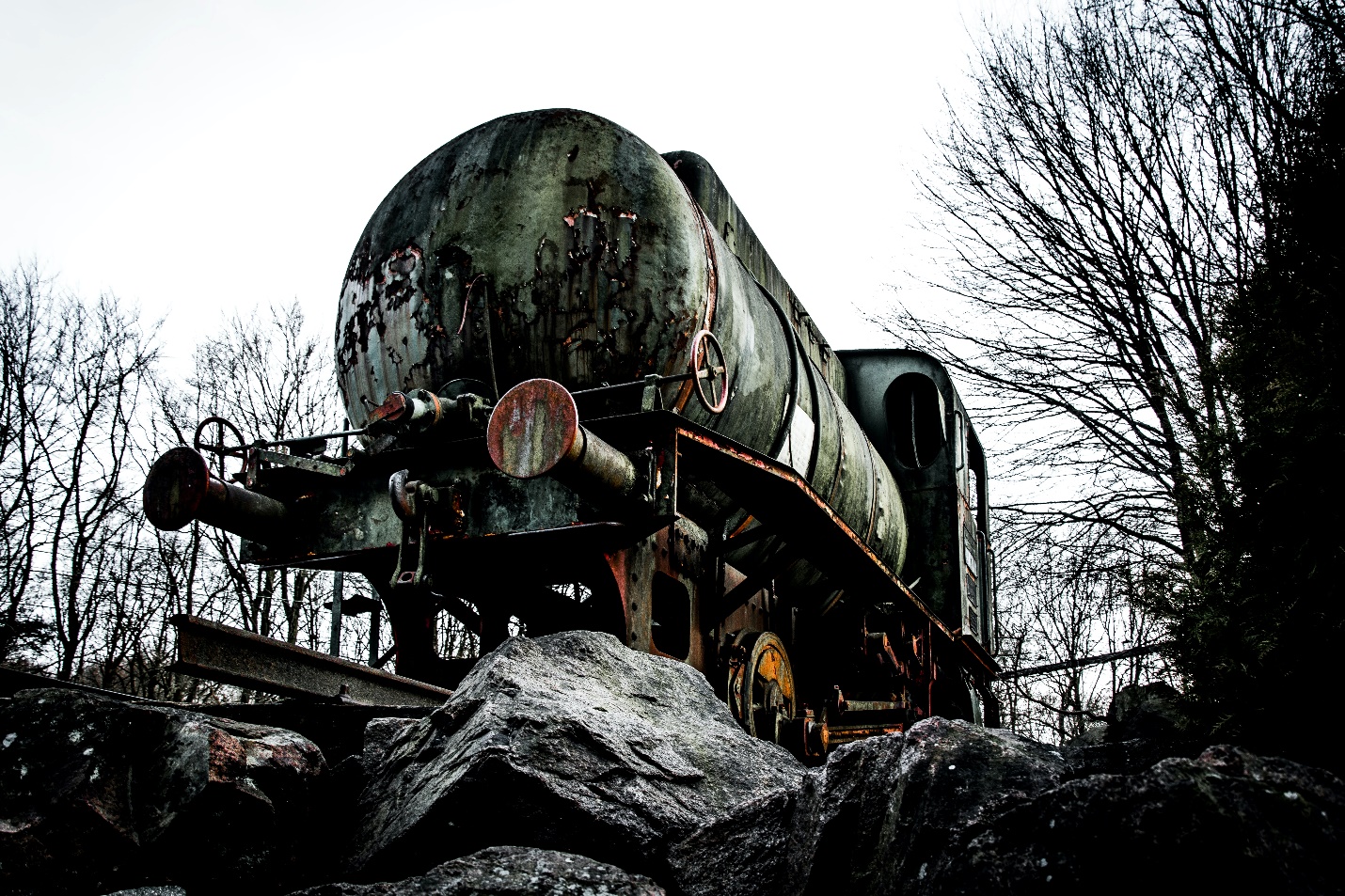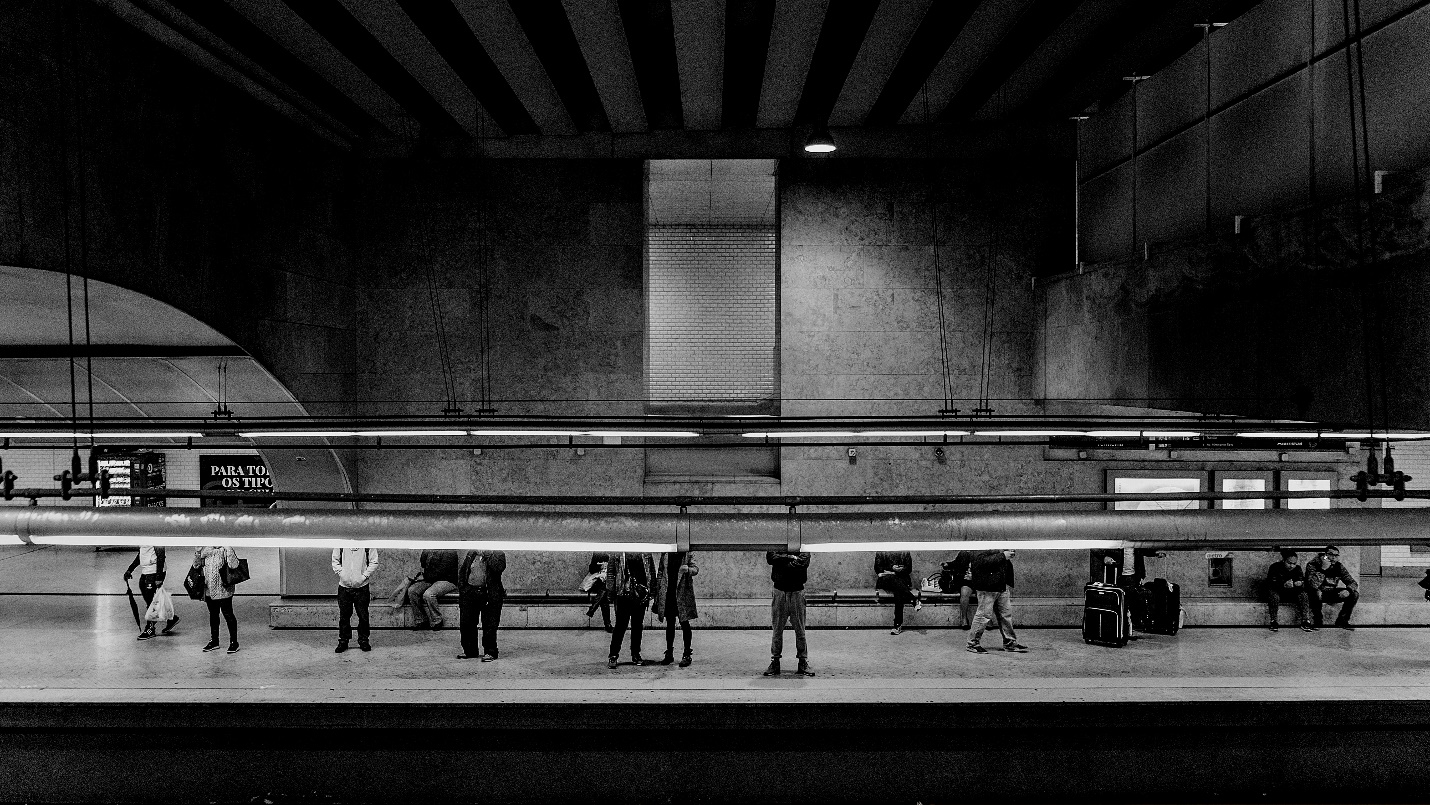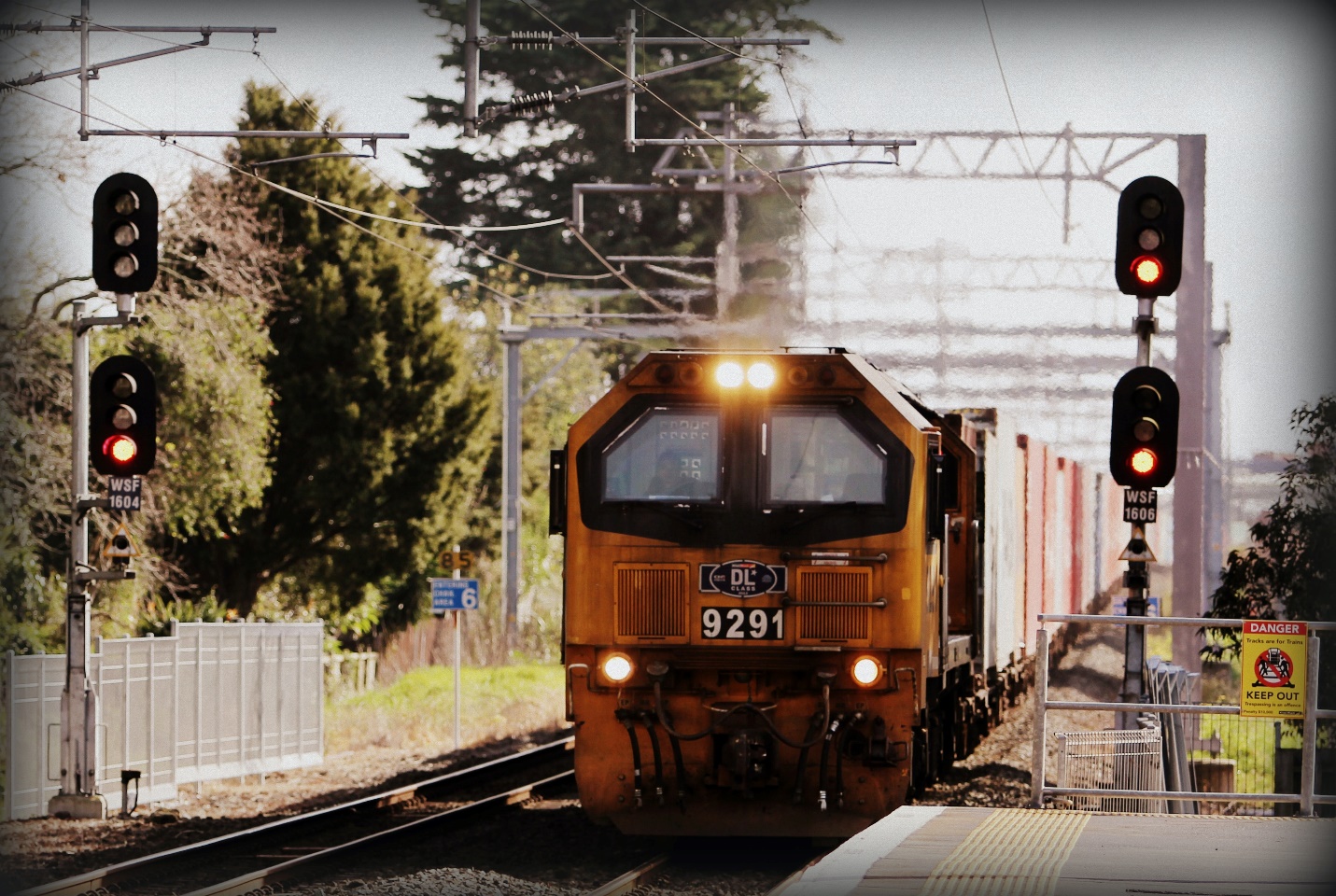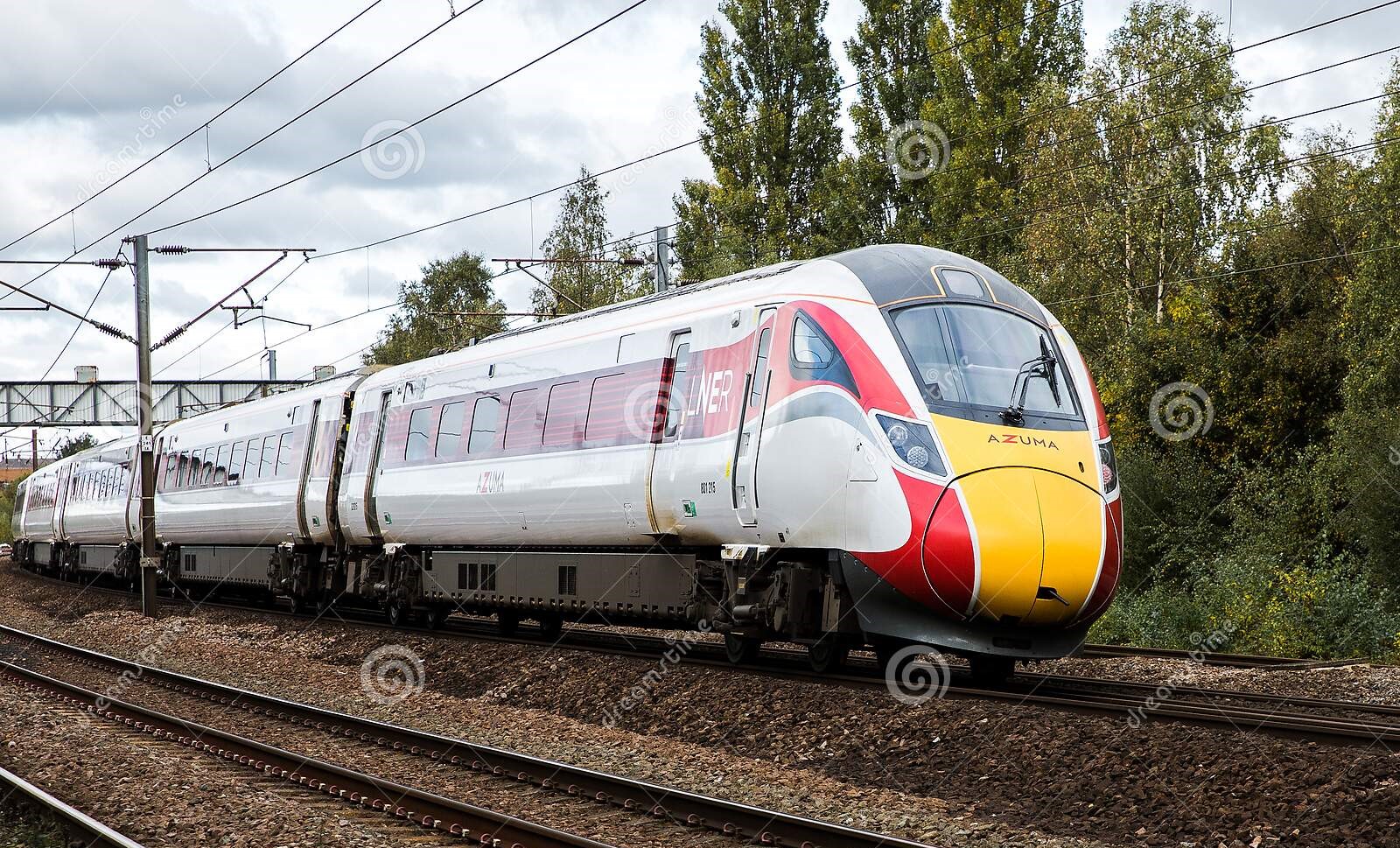 Source: https://unsplash.com/photos/AaBI5iGNcVo
Source: https://unsplash.com/photos/AaBI5iGNcVo
The Cable Guardian system from Viper Innovations is the most recent in a long series of technological advancements in the railway industry aimed at enhancing the safety of the railway for passengers and employees as well as the overall efficiency of the railway. We researched some significant historical moments that advanced the railway to highlight these earlier innovations and everything related to the enhancement of safety and efficiency. Moreover, the UK has been at the forefront of railroad innovation for more than 200 years due to cutting-edge design, engineering, and safety infrastructure improvements.
The World’s First Passenger Train Opened in Wales in 1807
 Source: https://unsplash.com/photos/LAYabUzmjbE
Source: https://unsplash.com/photos/LAYabUzmjbE
The first railway in the world to transport fare-paying passengers was the Oystermouth Railway, later known as the Swansea & Mumbles Railway. Initially constructed in 1804 to move limestone from the quarries in Mumbles to Swansea and other markets, the railway started carrying passengers on March 25, 1807. Benjamin French was responsible for building the first passenger railway by adapting an iron vehicle to carry passengers.
Robert Stephenson’s Revolutionary Rocket Steam Engine Built in Newcastle in 1829
 Source: https://unsplash.com/photos/ysT-xbhhK2c
Source: https://unsplash.com/photos/ysT-xbhhK2c
Robert Stephenson created the rocket in 1829, which was made at his company’s Forth Street Works in Newcastle upon Tyne. The rocket was the first to combine multiple advancements to create the most cutting-edge locomotive of its time, even though it was by no means the first steam locomotive. This one is the most well-known example of Stephenson’s changing locomotive designs, which served as the model for most steam engines over the next 150 years.
The World’s First Underground Rail Service Opened in London in 1863
 Source: https://unsplash.com/photos/esy5AZpmCpE
Source: https://unsplash.com/photos/esy5AZpmCpE
In the 1830s, the concept of an underground railway connecting the City of London with the metropolitan core was put out. In 1854, the Metropolitan Railway received approval to construct such a line. It began operations between Paddington and Farringdon in January 1863 as the first underground railway in the world, utilising gas-lit wooden cars pulled by steam locomotives. With 38,000 passengers on the first day and the use of trains from other railways to supplement the service, it was hailed as a success.
Britain’s First Electric Rail Service 1883
 Source: https://unsplash.com/photos/fUa-v9LKQto
Source: https://unsplash.com/photos/fUa-v9LKQto
Magnus Volk was a passionate innovator. He enjoyed building machines and playing with electricity as a young man. Magnus’ Railways are his most well-known creation. He constructed a short line in Brighton that runs along the seafront and used electricity to operate the trains in 1883. The oldest electric railway in the world was opened on August 4, 1883, and is still in use today.
Channel Tunnel: International Train Travel Between London and Paris 1993
 Source: https://www.flickr.com/photos/151350615@N03/48711580413/sizes/l/
Source: https://www.flickr.com/photos/151350615@N03/48711580413/sizes/l/
The English Channel Tunnel, usually called the Chunnel, is a 50.46-kilometre (31.35-mile) railway tunnel that runs from Folkestone to Coquelles at the Strait of Dover. High-speed Eurostar passenger trains, the Eurotunnel Shuttle for cars, and international freight train all travel through the tunnel. It has end-to-end connections with the High Speed 1 and LGV Nord high-speed rail lines in England and France, respectively.
Launch of the Green Hitachi Azuma Bullet Train 2019
The Azuma trains were manufactured at Hitachi’s rail vehicle manufacturing facility in Newton Aycliffe, County Durham, England. Hitachi has a long history of producing high-performance, quick trains, beginning with the launch of the Japan Bullet Train in 1964. The new trains take around 4 minutes 40 seconds to reach 125 mph, as opposed to the present time of 5 minutes 40 seconds (for the electric-powered trains). However, the UK is now developing the next generation of solar and hydrogen-powered trains.
Conclusion
To conclude, the UK has been at the forefront of railroad innovation for more than 200 years due to innovative advancements in design, engineering, and safety infrastructure. Starting with the first railway in the world to transport fare-paying passengers, moreover, the most well-known example of Stephenson’s evolving locomotive designs and the design that most steam engines followed for the next 150 years. Furthermore, with the launch of the Green Hitachi Azuma bullet train, developing the next generation of solar and hydrogen-powered trains, the UK has transformed its railways to the next level.

Muhammad Asfandyar is a lawyer having extensive experience in creative content writing, proofreading, legal and academic research writing. He can be reached at asfandyar.edw@gmail.com

 Source:
Source: